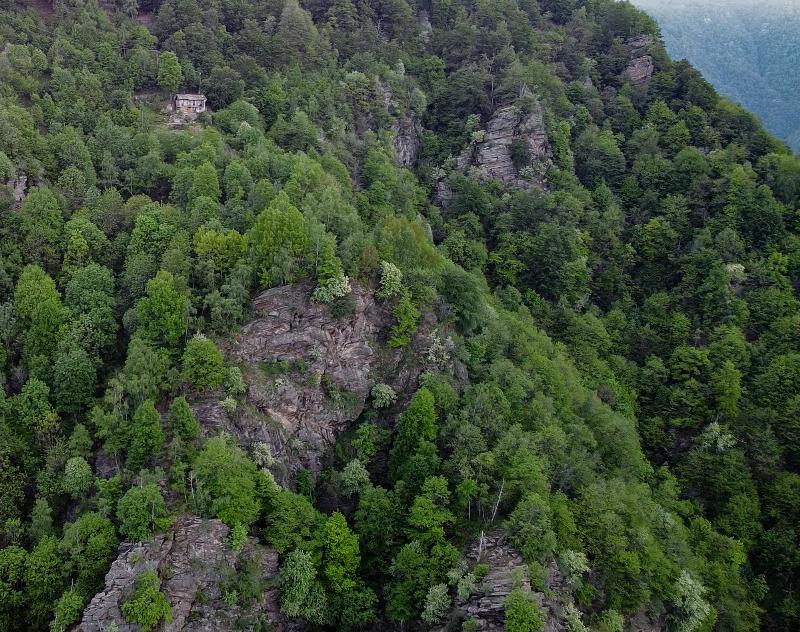
 4
4




 . It shows in the garden, as for example I have a 25 year old laurus nobilis (bay laurel) that is usually given a usda rating of 8-11. It sits against a wall so benefits from a micro climate and I need to prune the top regularly to keep it under 15ft (otherwise it would throw shade on my solar panel on the terrace above). But it's younger cousin (10 years) is doing just fine free standing unprotected.
. It shows in the garden, as for example I have a 25 year old laurus nobilis (bay laurel) that is usually given a usda rating of 8-11. It sits against a wall so benefits from a micro climate and I need to prune the top regularly to keep it under 15ft (otherwise it would throw shade on my solar panel on the terrace above). But it's younger cousin (10 years) is doing just fine free standing unprotected.
 2
2




Invasive plants are Earth's way of insisting we notice her medicines. Stephen Herrod Buhner
Everyone learns what works by learning what doesn't work. Stephen Herrod Buhner





 2
2




Johannes said "Mulching can be done in principle but the only practical way to do this really is by terracing (otherwise heavy rains would just wash away the mulch downhill
... So far I use mainly maple and other "good" leaves to mulch.
Invasive plants are Earth's way of insisting we notice her medicines. Stephen Herrod Buhner
Everyone learns what works by learning what doesn't work. Stephen Herrod Buhner
 3
3




Johannes Schwarz wrote:Hi Anne,
thanks for the reply! Yes, it is a nice place:.
Wood chips are hard to come by up here. I'm trying to find out if anyone in the area has a wood chipper that I could borrow. Otherwise I would have to invest into a solid machine and that would be rather costly. The garden shredders I have seen seem a little weak.
So far I use mainly maple and other "good" leaves to mulch. They accumulate on a small path up the mountain that I maintain. I could put a foot of that material under the trees as well to stunt the growth of the grass around them.
I guess my fear is that if I terraced the area under the tree to make it somewhat level with the stem that the roots that were formerly near the surface would then be burried and maybe find it more difficult. Or would they be fine and maybe develop upwards into the earth and mulch permed by the stone wall?
 1
1









|
Put the moon back where you found it! We need it for tides and poetry and stuff. Like this tiny ad:
Learn Permaculture through a little hard work
https://wheaton-labs.com/bootcamp
|


